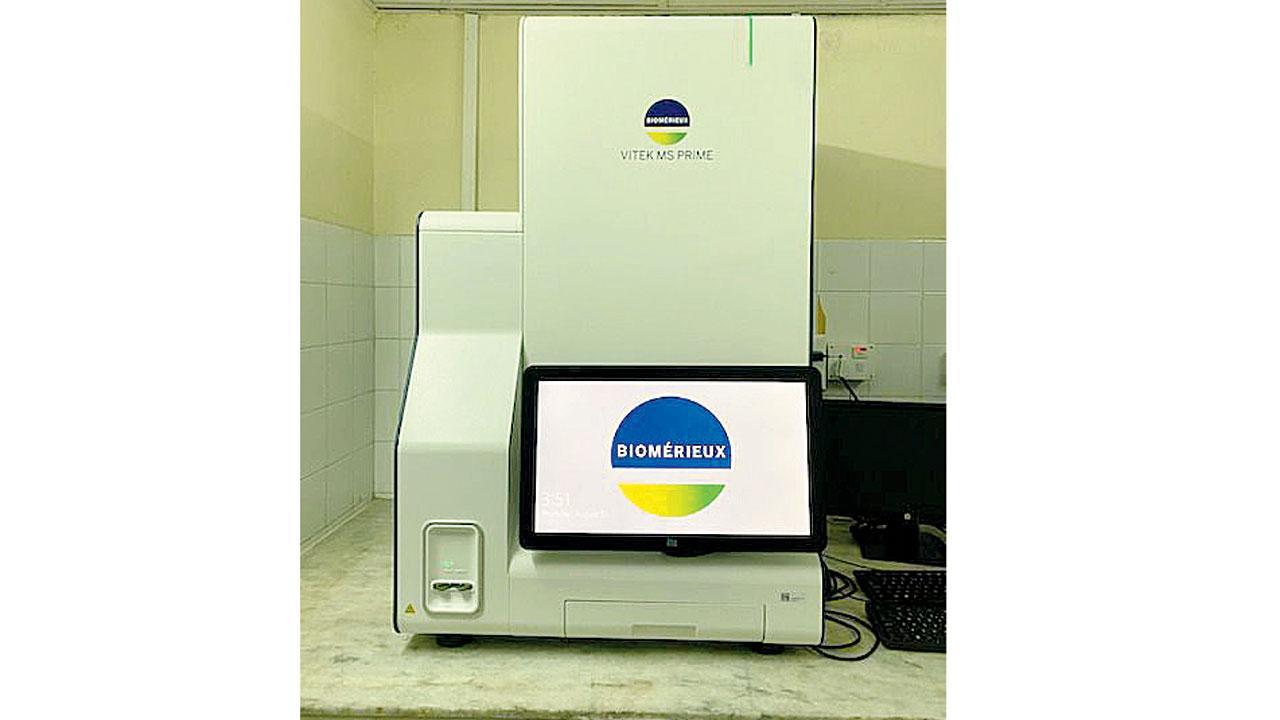KEM becomes the third hospital after AIIMS Bhopal and Nagpur to have the machine

The machine can detect organisms that cause diseases within a matter of minutes
The BMC-run King Edward Memorial Hospital (KEM) in Parel has purchased a machine worth over R1 crore, which will significantly reduce the diagnosis time for all bacterial and fungal infections, doctors at the hospital said. The Vi Tech MS Prime is capable of identifying organisms within a matter of minutes. Besides KEM, only the AIIMS hospitals in Bhopal and Nagpur are equipped with this machine. However, the hospital has not yet taken a decision on whether or not the service will be offered free of charge to the patients.
ADVERTISEMENT
“Let’s say someone has a cough, and we take the sputum from their specimen and culture it, allowing the organisms to grow so that they can be identified. Normally, this procedure for bacteria identification can take a minimum of 24 to 48 hours, and longer if some extra tests are required,” explained Dr Chaya Kumar, head of the Department of Microbiology at KEM. Moreover, in cases when KEM did not have resources to identify rare organisms, it took even longer as they had to send the samples to reference centers. The machine will be housed at KEM but will also cater to other civic-run health facilities, doctors said.
“The Vi Tech MS Prime is capable of identifying a vast number of organisms, including bacteria, mycobacteria (which cause TB) and fungi (which cause mucormycosis or Candida). Correct and rapid identification becomes essential for speedy diagnosis of an infectious agent,” Dr Kumar said. KEM Dean Dr Sangeeta Ravat added, “The OPD sees more than 6,000 patients, with 17,000 to 18,000 patients admitted at times. The machine will cater to all bacterial and fungal infections.”
The machine relies on MALDI-TOF (matrix-assisted laser desorption ionization) technology, a method that turns large molecules into charged particles using a laser and a helper substance without breaking them apart too much. TOF stands for “time of flight”, sorting ions by their speed over a distance to determine their mass and charge.
Additionally, the possibility of human error is minimal because the machine is automated. “Everything appears on the screen. There is already a wide database that the machine uses to identify and correlate with the samples,” Dr Kumar said.
 Subscribe today by clicking the link and stay updated with the latest news!" Click here!
Subscribe today by clicking the link and stay updated with the latest news!" Click here!







